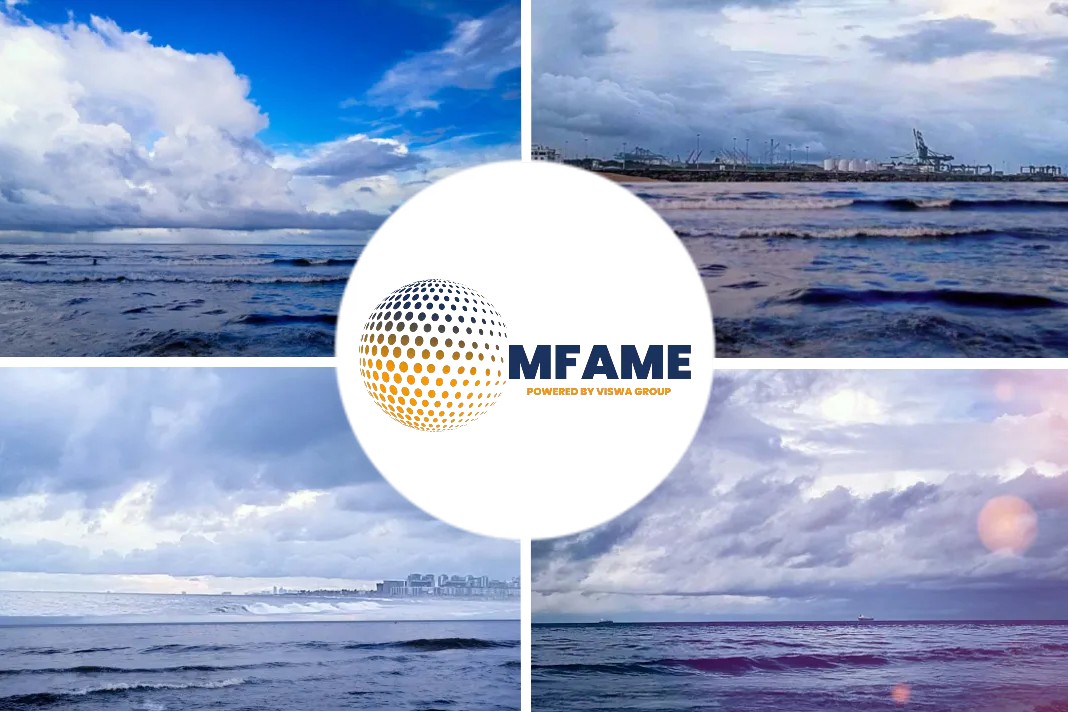- The ambition of the Getting to Zero Coalition is to have commercially viable zero emission vessels operating along deep sea trade routes by 2030.
- But at what degree of adoption do zero emission fuels become “commercially viable”?
- An S-curve based analysis suggests that zero emission fuels need to make up 5 percent of the international shipping fuel mix by 2030 to enable decarbonization in line with Paris goals.
Global Maritime Forum brings out an interesting story line about the five percent zero emission fuels by 2030 needed for Paris-aligned shipping decarbonization. Peder Osterkamp, Dr Tristan Smith and Kasper Søgaard contribute to this story on zero emission fuels.
The Getting to Zero Coalition
The Getting to Zero Coalition aims for “commercially viable” zero emission ships by 2030 but has yet to quantify this target. A quantified target would help mobilize commitment and action across stakeholders:
– Energy companies would have greater confidence in demand when planning green fuel development projects,
– Cargo owners could be mobilized to pay a premium for zero emission fuels on a corresponding percent of their freight,
– Investors could quantify the amount of investment needed across the value chain,
– Ship owners could plan investments in new builds and retrofits, and
– Regulators could be called on to ensure a level playing field is in place to enable the transition.
Technologically feasible paths
In 2019, UMAS conducted a study to describe the most technologically feasible paths to achieving decarbonization for international shipping by 2050 – which would put the sector in line with a 1.5C trajectory – and by 2070 – the IMO aligned trajectory.
In both cases zero emission fuels needed to make up 27 percent of energy by 2036. So, what does that mean for the fuel adoption rate needed by 2030?
Estimating shipping’s tipping point
The adoption of zero emission fuels in shipping is bound to follow an S-curve, as has been the case with all historical industrial transformations. An S-curve consists of three phases. It starts with a slow emergence phase, when there is rapid learning and the costs start to come down. After this, the diffusion phase starts with rapid adoption of the new technology, with positive feedback loops between different actors raising confidence, increasing demand and investment throughout the value chain. The curve flattens out again in the reconfiguration phase as the new technology is adopted and a new normal is established.
Tipping point
To estimate the “tipping point” shipping needs to achieve by 2030 for rapid diffusion of zero emission technology thereafter, we generated an S-curve to fit the UMAS 2036 and 2046 milestones.
These establish that to reach decarbonization by 2050, zero emission fuels need to represent 27 percent of total energy by 2036, and 93 percent by 2046.
Though the Getting to Zero Coalition has not yet aligned on a target year for full decarbonization, it is preferable to have a 2030 target that enables decarbonization in line with the Paris Agreement.
The resulting curve indicates the need for a 5 percent adoption rate of zero emission fuels by 2030.
The UN Climate Champions
Based on this the UN Climate Champions have set 5 percent zero emission fuels by 2030 as the Race to Zero Breakthrough for international shipping, campaigning to achieve this near term milestone to ensure that the sector is on track for net zero emissions before 2050.
The Race to Zero Breakthroughs for nearly 30 sectors were launched at the World Economic Forum’s Davos Agenda in January 2021 with Al Gore, COP Presidents Alok Sharma and Carolina Schmidt, and UNFCCC Executive Secretary Patricia Espinosa.
How can the 5 percent target be reached?
There are three primary subsegments of shipping that could move first and achieve this 5 percent target.
- Container shipping is likely the first shipping sector to start to decarbonize as a few ports/routes account for a large share of volume, and the sector is closer to the end consumer. For example, 10 large deep-sea routes accounted for 7 million tons of CO2 in 2018. These 10 routes could make up 0.8 percent of the total 5 percent needed.
- If ammonia is selected, ammonia and LPG tankers are well suited to be first movers, as storage, systems and crew are well adapted to this fuel. This is also true for ships used to transport other hydrogen-derived fuels. Ammonia transport alone accounted for approximately 0.1 percent of emissions in 2018. Together with LPG tankers, the sum could be 2 percent of the total 5 percent needed. This is an upper bound and would require high rates of transport demand growth.
- Niche international routes (non-container shipping) with high likelihood of having enabling conditions for first movers of zero emission fuels – for example Chile-US, Japan-Australia, Dubai-Singapore, Australia-Singapore, Denmark-Norway – could provide another 2 percent.
Domestic shipping
In addition, domestic shipping could account for another 2-3 percent. 32 developed nations make up approximately 50 percent of domestic shipping emissions.
If they achieve 30 percent of energy from zero emission sources, this would correspond to 15 percent of domestic shipping energy and 2-3 percent of total shipping energy.
Therefore the UN Climate Champions have set 15% of zero emission fuels by 2030 as the Breakthrough necessary for domestic shipping.
Did you subscribe to our daily newsletter?
It’s Free! Click here to Subscribe!
Source: Global Maritime Forum

























